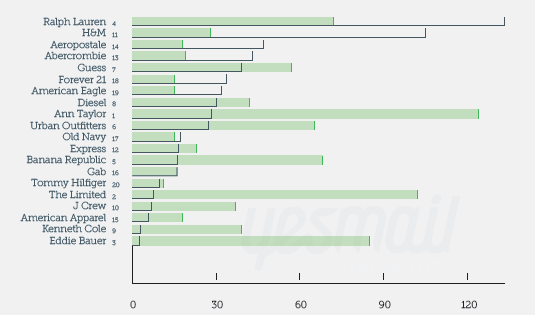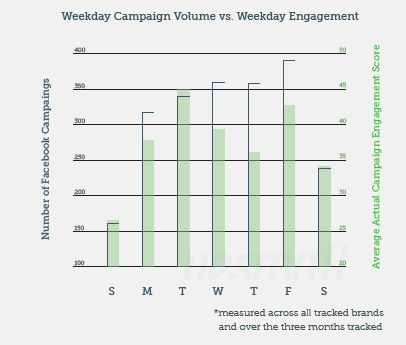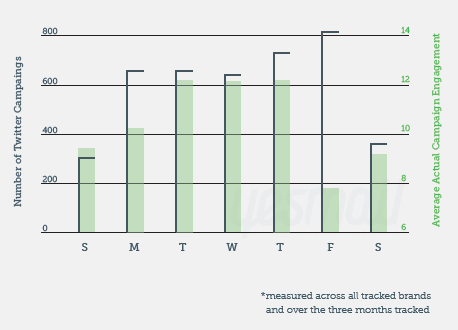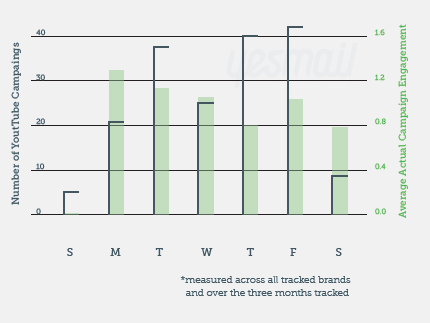Google Study: How mobile-friendly sites help sales
 While Facebook turns more and more to search and ad exchange budgets, Google is still riding the mobile wave. In many moderations over the last two years, I could listen to their attitude towards building mobile websites, and why these are important to the business of the future. However, companies often resist to face the mobile evolution and still stick to their conventional desktop websites. Not to mention what this does to their brands when the user experience is driving into a nightmare of usability and readability.
While Facebook turns more and more to search and ad exchange budgets, Google is still riding the mobile wave. In many moderations over the last two years, I could listen to their attitude towards building mobile websites, and why these are important to the business of the future. However, companies often resist to face the mobile evolution and still stick to their conventional desktop websites. Not to mention what this does to their brands when the user experience is driving into a nightmare of usability and readability.
To get more attraction for their mission, Google has now published some research data on their blog that will help them to evangelize in the mobile business world approach. The benefit for Google is obvious. The more people use mobile sites, the better the experience in mobile usage, the more people tend to approach the Google search which means more marketing budgets into their hands.
In their research of about 1,100 U.S. adult smartphone users conducted by market research firms Sterling Research and SmithGeiger, Google gives some handsome advertising tips to make marketers better understand and evaluate the power of mobile.
The key findings can be summarized as follows…
– 67% of smartphone users state a mobile-friendly site makes them more likely to buy a company’s product or service
– 74% are more likely to return to the site with a good experience later.
– 61% made clear that when they don’t find what they’re looking for (in roughly five seconds), they’ll click away to another site.
– 50% of respondents said even if they like a business, they’ll use its site less often if it doesn’t work well on their smartphone.
– 72% see a mobile-friendly site important to them, however 96% have visited sites that aren’t.
Spot On!
The Google study advices marketers to create a fast mobile site with big buttons and text, and simplify the mobile experience in terms of keeping steps to complete tasks to a minimum. For sure, Google did not forget to promote the site with Google mobile ads with some good results: two-thirds of people who use search find a site. Their conclusion is that “having a great mobile site is no longer just about making a few more sales. It’s become a critical component of building strong brands, nurturing lasting customer relationships, and making mobile work for you”. There is not much more to add.
Still, we would be happy to hear from your mobile experience – with or without Google. Did you change your site lately and what did it do to your sales?

 The technology service provider
The technology service provider  One-on-one interview with Ed Brill
One-on-one interview with Ed Brill






 We have already shared some information on a
We have already shared some information on a